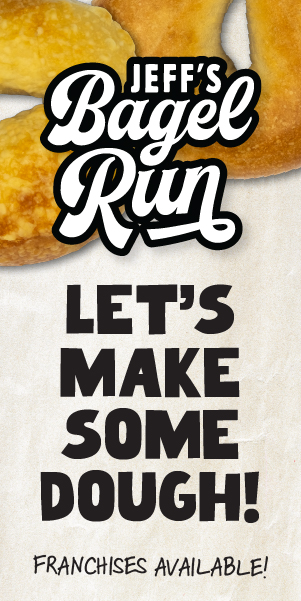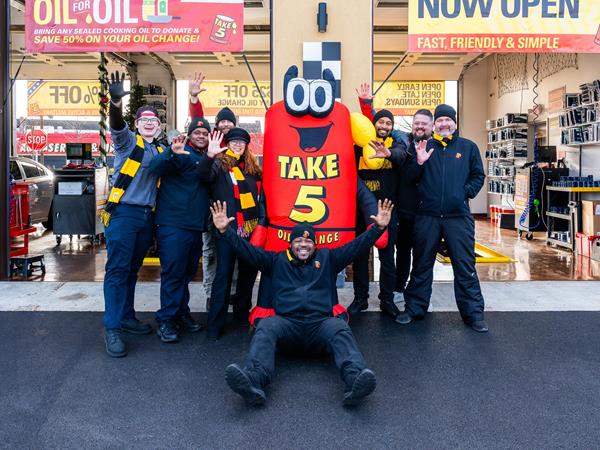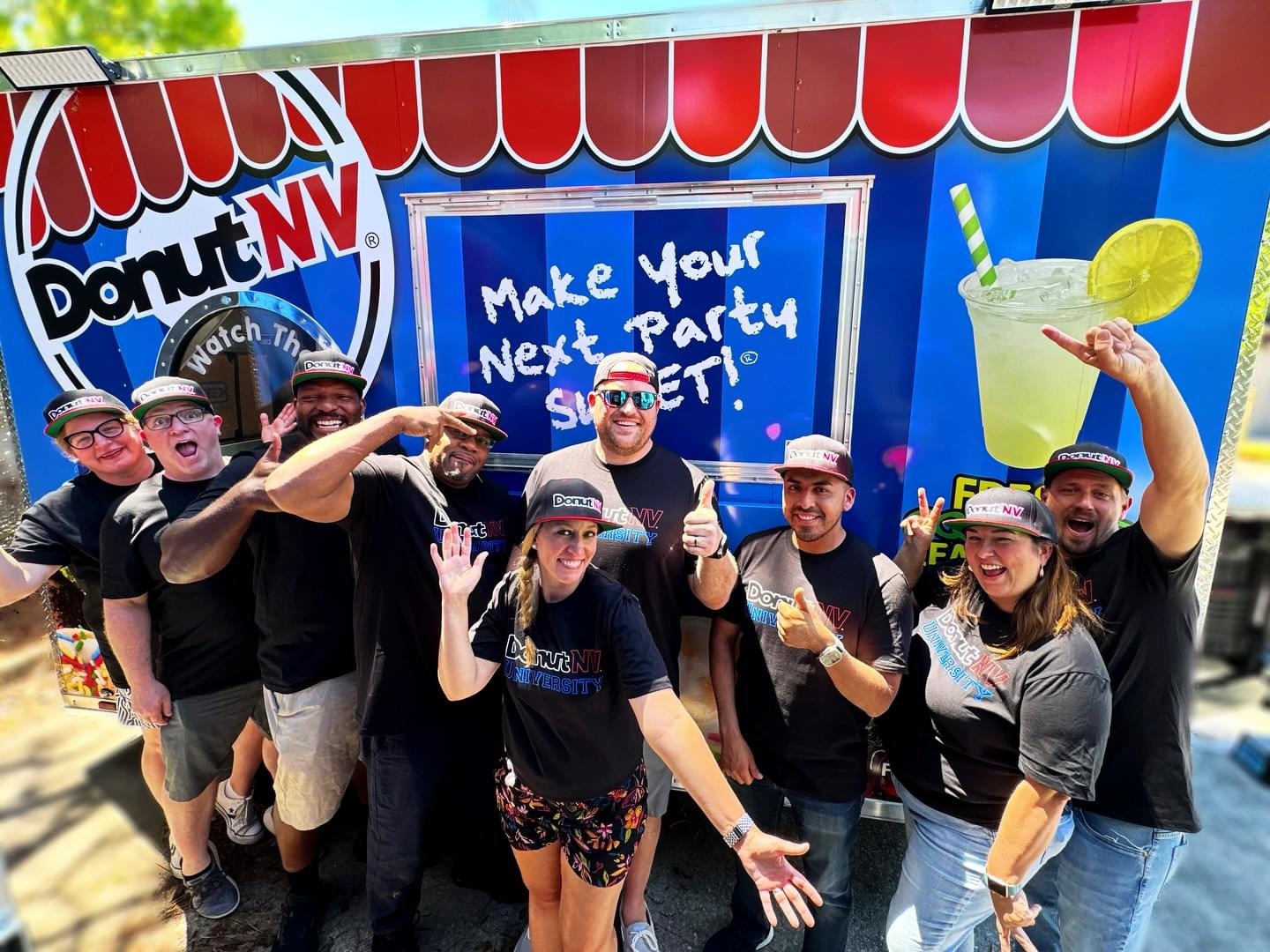Elena, a senior franchise owner, peered at her development chart in a quiet boardroom in the Midwest, feeling trapped. She had opened twenty stores in five years, but sales had stopped growing. Her leadership team was good at what they did, but they weren’t really motivated. Then she began to think of expansion as an experiment in neuroplasticity instead of just a business, and her whole model changed. That one piece of information did more than give her fresh ideas; it changed the way she led the whole network.
The CEO Brain: Using the Prefrontal Cortex to Make Decisions More Clearly
Your prefrontal brain is like your own personal CEO. It makes plans, sets priorities, and weighs risks. But a lot of regional developers and franchise presidents are stuck in the details of running their businesses and can’t see what’s coming next. I have seen executives in my work who waste too much time in meetings that don’t get anything done. They get locked in reactive cycles, going through emails and putting out fires.
Here’s an easy exercise to get that top-down thinking part of your brain going: Set aside an hour every week for “blue sky” time, when there are no updates on the development of the project. Bring a blank whiteboard and draw three strategic questions, such as “Should we add new markets?” How can we make our community bonds stronger? Where can technology help make more money? By just letting your prefrontal cortex work on big-picture questions, you make it work harder to plan.
Action Step: Put an hour on your calendar for tomorrow. No phones or dashboard stats—just three open-ended questions that will decide what happens next for your franchise.
Dopamine and Delegation: How to Get Your Teams Fired Up
Getting store managers at fifty stores to work hard is not the same as getting a single office team to do the same. Dopamine, the brain’s reward chemical, works best when you win small things. If you dangle significant rewards five months away, you’ll lose your drive. Instead, set a series of short, measurable goals, such as weekly sales goals, customer feedback milestones, and peer recognition shout-outs. Every time you cross something off, you get a dopamine hit in the striatum, which strengthens the behaviors you want.
Case Study: Raj was the regional director for a fast food business, and it was hard for him to make bad outlets better. We built a weekly scoreboard that showed how much better the accuracy of orders and the proportion of upsells were getting. He called the top three managers every Friday afternoon to celebrate them. The poorest quartile narrowed performance disparities by twenty percent in just six weeks, and the good energy spread to every outlet.
Practical Step: Make a small digital dashboard that shows one important parameter for each team member. Let everyone in your leadership circle see it, and announce the daily or weekly winners to celebrate.
Emotional Resilience: Soothing the Amygdala In the Face of Market Shocks
Franchise expansion doesn’t happen in a straight line. Rules change, supply chains break down, and consumer trends change. The amygdala fires, stress levels rise, and working memory stops operating. People that have to make decisions either freeze or make quick decisions. The antidote is a short routine that helps the threat center calm down and the hippocampus go to work on solving problems.
In coaching sessions, I show leaders how to do box breathing: breathe in for four counts, hold for two, breathe out for six, and hold for two. Add to that a two-minute visualization of dealing with a crisis at the board level with calm assurance. This procedure lowers the body’s stress reaction and gets the hippocampus ready to remember prior successes instead of worst-case scenarios.
Practical Step: Teach this drill for resilience to everyone on your leadership team. Do a thirty-second guided breathing practice before every important meeting. The group pause helps everyone calm down and focus before dealing with hard problems.
Narrative Alignment: Using Stories to Bring a Whole Network Together
Brains like tales better than lists of things. Stories get the hippocampus going and help people feel like they belong. When every store manager sees the brand purpose as a human story and not just a corporate phrase, franchise culture thrives.
I used to work for a fitness franchise where the regional executives didn’t feel linked to the main office. We made a three-minute movie on how two friends began out in a garage with the basic goal of helping their neighbors get stronger. After that, we requested each manager to write down a thirty-second story about a local member who changed their lives. Putting those together made a mosaic of impact over the whole network. The result: consistent messaging, motivated teams, and a 15% increase in membership renewals.
Action Prompt: Write the main story of your brand in no more than 250 words. Then ask each area manager to tell a short narrative about a time they succeeded. Put them all together into a monthly bulletin or short video to keep everyone on the same page and motivated.
Cognitive Bias Detox: Getting Over Groupthink and Confirmation Bias
Confirmation bias makes you favor data that backs up your plan, and groupthink makes others who disagree with you quiet. If you don’t do anything about these biases, they will lead you off path. By intentionally choosing a “challenge champion” for your executive team, you can activate your anterior cingulate cortex, which is the part of your brain that keeps track of conflicts. Their only role was to question assumptions, play devil’s advocate, and point out blind spots.
Practical Step: Switch the challenge champion role every week. Before each strategy meeting, have them question, “What if we’re wrong about our main idea?” That stress makes people think critically and stops them from making expensive mistakes.
Scaling with Neuroplasticity: Learning All the Time as a Way to Grow
Neurons aren’t the only things that can change in early life. If you give your leadership circuits fresh experiences, they can rewire themselves well beyond adulthood. For franchise growth, this includes getting leaders to try out positions in different departments. For example, marketing executives should spend a day at a shop, and operations directors should follow IT deployment. These new tasks make the brain make new connections and come up with unique ideas.
Case Example: A national restaurant chain made every district manager work in customer assistance for a week every three months. The empathy gathered led to changes to the menu that made people 10 percent happier. That rotation program changed managers who worked in silos into leaders who thought about the whole company and naturally built processes with the front line in mind.
Action Prompt: Make a “rotation passport” for the leaders of your franchise. Find three roles that are outside of their comfort zone and plan to switch every three months. Keep track of what you’ve learned in a shared playbook so you can use it to grow best practices.
Final Thought
What if every strategy decision you made turned your business into a living brain experiment? What would it look like to develop your franchise if it were less about spreadsheets and more about changing people’s attitudes so that everyone may succeed?
Article by: Dr. Sydney Ceruto, Founder of MindLAB Neuroscience.
Executive and Career Coach empowering leaders to harness brain science for peak performance, team motivation, and transformative growth.















